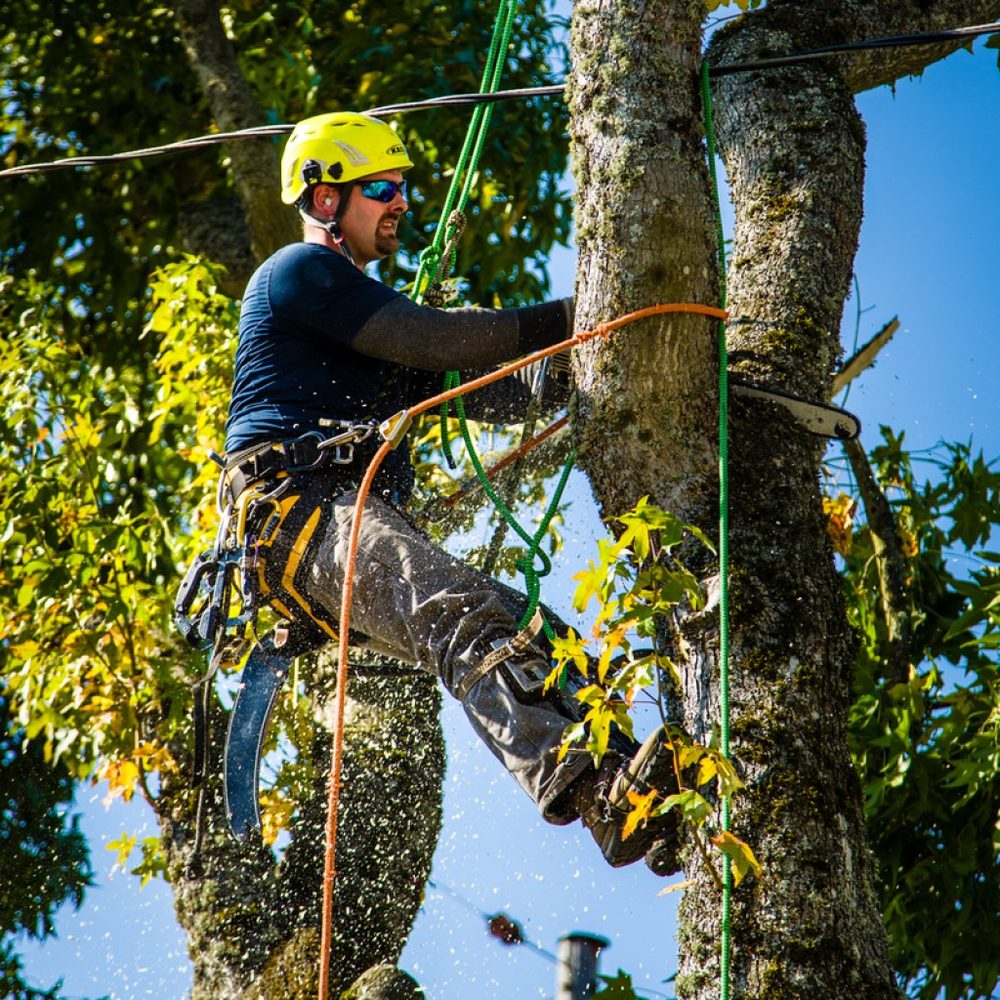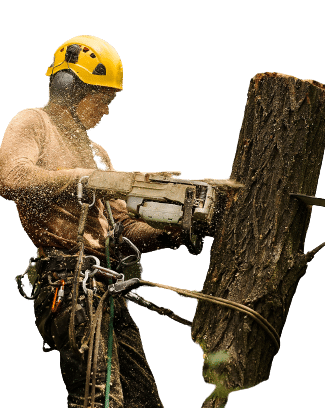How to Remove Small Trees?
Removing small trees from your property may become necessary for various reasons, such as clearing space for new landscaping, preventing overcrowding, or addressing safety concerns. However, this task requires careful planning and the right techniques to ensure it’s done safely and effectively. In this guide, we’ll explore different methods for remove small trees, safety precautions, and environmental considerations.
Understanding the Need for Tree Removal
Before diving into the removal process, it’s essential to understand why you might need to remove small trees. Here are some common reasons:
1. Overcrowding:
Small trees can grow rapidly and crowd out other plants, leading to reduced sunlight and nutrients for neighboring vegetation.
2. Safety Concerns:
Trees too close to structures, power lines, or roadways pose a safety risk during storms or high winds.
3. Disease or Damage:
Small trees that are diseased or damaged beyond recovery should be removed to prevent the spread of illness to nearby plants.
4. Landscaping Plans:
Removing small trees may be necessary to make way for new landscaping designs or construction projects.
Best tools for removing small trees
- Hand Saw: A hand saw is suitable for small trees with slender trunks (usually up to 4 inches in diameter).
- Chainsaw: Chainsaws are more powerful and can handle larger small trees (up to 12 inches in diameter).
- Mattock: A mattock is a versatile tool with a pick on one side and an adze or hoe on the other.
- Root Saw: A root saw is designed specifically for cutting tree roots. It has a narrow, sharp blade that can reach into tight spaces.
Methods to Remove Small Trees
Several methods can be employed to remove small trees, and the choice of method depends on factors such as the tree’s size, location, and personal preferences. Here are some common methods:
1. Manual Removal:
For very small trees with slender trunks, manual removal using hand tools like axes, saws, or chainsaws is an option. Ensure you have the necessary skills and safety gear.
2. Root Ball Digging:
For trees with relatively small root balls, digging around the tree’s base to expose the roots and then cutting them is an effective method.
3. Chemical Methods:
Herbicides or chemicals designed to kill the tree can be applied to the tree’s trunk or cut surface. This method requires patience as it may take several weeks for the tree to die completely.
Herbicides or chemical includes:
- Glyphosate
- Triclopyr
- Imazapyr
- Tordon
- Picloram
4. Mechanical Extraction:
- For larger small trees, a mechanical tree spade can be used to dig out the tree along with its root ball.
Safety Precautions
Tree removal, even of small trees, can be hazardous. Safety should always be a top priority. Here are some safety precautions to consider:
- Protective Gear: Wear appropriate safety gear, including gloves, safety glasses, a hard hat, and steel-toed boots.
- Tools: Ensure all tools and equipment are in good working condition.
- Clear the Area: Clear the area around the tree to prevent accidents and have an escape route planned.
- Use Caution: Exercise caution when using power tools, and follow the manufacturer’s instructions.
Disposing of Removed Trees
Once a small tree has been successfully removed, you’ll need to consider how to dispose of it. Here are some options:
- Mulching: If you have the equipment, you can chip the tree into mulch for use in your garden.
- Composting: Smaller branches and leaves can be composted if your compost pile can handle woody material.
- Recycling: Some areas offer tree recycling programs where the wood is chipped into mulch or used for other purposes.
- Tree Removal
- Tree Trimming
Removing small trees has several benefits:
- Improved Space: Removing small trees creates more space for landscaping, gardens, or other outdoor activities.
- Enhanced Safety: Eliminating small trees near structures or walkways reduces the risk of damage during storms.
- Healthier Plants: Removing overcrowded small trees allows other plants to thrive by accessing more sunlight and nutrients.
- Aesthetics: Tree removal can enhance the overall appearance of your property, improving curb appeal
Environmental Considerations
When removing small trees, it’s crucial to consider the environmental impact. Here are some tips for responsible tree removal:
- Replacement: Consider planting a new tree or native shrubs to replace the one you removed, promoting biodiversity.
- Habitat: If the tree has wildlife habitat value, leave some branches or logs as habitat features.
- Dispose Responsibly: Ensure that any chemicals or herbicides used are disposed of correctly, following local regulations.




